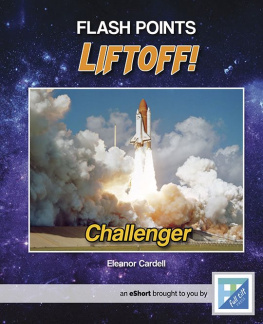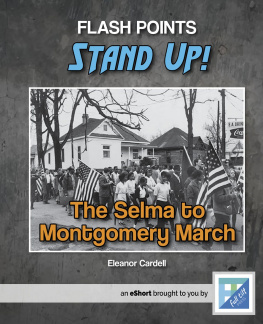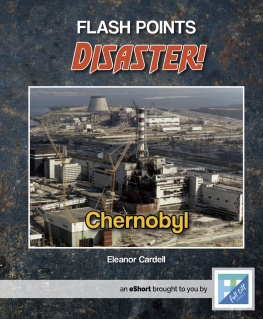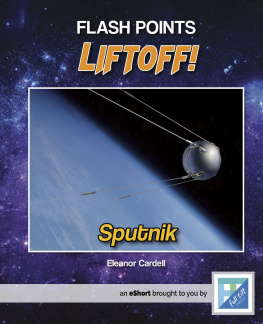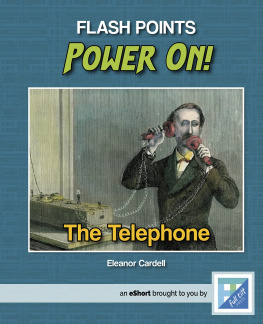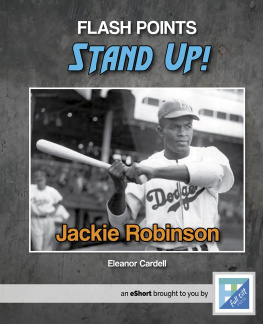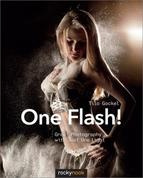
January 28, 1986
e Florida morning is cold. e space shuttle
Challenger is at the Kennedy Space Center. It is
ready to launch. Technicians check the rockets. Seven
astronauts climb into the shuttle. Challenger has taken o
nine times before. Everybody expects this launch to work.
e space shuttle takes o. Immediately, one of the rockets
starts to smoke. People from all over the US watch. Something
is wrong. e space shuttle breaks apart minute and seconds
aer it launched. e pieces fall from the sky. ey land in the
Atlantic Ocean.
All seven astronauts died. e US Navy found the shuttle more than two
months later. Some of the astronauts were buried in Arlington National
Cemetery in Virginia. Others were buried in their hometowns.
Challenger
technician: someone
who looks after
technical equipment
2 Flash Points

Did you know?
The space shuttle Challenger rst took
o in 1983. It was the second shuttle
in NASAs Space Shuttle Program.
Smoke from the
Challenger could be seen
all the way across Florida.
Liftoff!

Space Shuttles
e Apollo missions to the Moon had
gone very well. e US government
wanted more space missions. It
decided to build ve space shuttles.
Every shuttle could be reused. e
rst shuttle took o in 1981.
Too Cold
is was the Space Shuttle Challenger s 10th launch.
It had been delayed ve times. Scientists said that
the weather was bad. ey said the same thing the
morning of the accident. e scientists knew that it was
too cold. Some parts of the rockets would not work the
right way. But the shuttle was launched anyway.
How and Why
Historical events rarely have only one simple cause. Many dierent
things such as certain events or changing ways of thinking work
together to shape the future. Take a moment to explore some of the things
that led to the disasterous Challenger mission.
4 Flash Points

Broken ORing
ere are rockets on the shuttle.
e rockets are sealed with Orings,
small circles of rubber that create
a seal between two pieces of metal.
Because it was cold, the Orings were
not very exible. One of them broke
during lio. Burning fuel escaped
from the rocket. is put stress on
the shuttle. It broke into pieces.
Impatience
ere was an investigation
aer the accident. It found
that NASA managers
had made bad decisions.
ey didnt listen when
scientists told them that
the launch was dangerous.
ey didnt want to delay
the launch again.
Liftoff!

What Happened Next
e United States was very upset. Television showed
videos of the disaster. It was played over and
over again on the news. One of the Challenger
astronauts who got the most media attention
was Christa McAulie. Shed been on talk
shows before the launch. e people loved her.
at night, President Reagan planned to give
the State of the Union speech. Instead, he
talked about the Challenger crew. He wanted to
comfort the nation. Even though there had been a
disaster, people couldnt lose hope. He promised that the
space program would go on.
President Reagan put together a committee . It was led by William
Rogers. It was known as the Rogers Commission. Its job was to
gure out why the shuttle came apart. e Navy immediately
began to search for the shuttles wreckage. ey pulled many
pieces out of the ocean. Many scientists studied the pieces of the
shuttle. ey wanted to understand what caused the disaster.
State of the Union: a speech given by
the US president to the US Congress,
usually delivered once a year
committee: a group of people
chosen for a specic reason, or
to accomplish a specic task
6 Flash Points

Did you know?
Neil Armstrong, the rst man to walk
on the Moon, was one of the thirteen
members of the Rogers Commission.
President Reagan, along with his sta, watched a recording
of the Challenger disaster on television. Later that night, he
encouraged the nation to not give up in the face of this disaster.
Liftoff!

Ripple Effects
A single event, no matter how big or small it may
seem at the time, can have a big impact on the future.
e Challenger disaster had many farreaching eects.
Dangerous
Once, America
had been excited
about space travel.
Now, the people
saw that it could be
dangerous. They
began to wonder
if they needed a
space program.
Program End
After the Challenger disaster,
the US Space Shuttle Program
stopped. It didnt start again for
almost three years. No more shuttles
went into space. Scientists and
engineers needed to nd out what
had caused the disaster. They
didnt want another space
shuttle to break apart.
8 >Flash Points

Safety Rules
The scientists discovered
that an Oring hadnt worked
right. This had caused the
shuttle to break apart. NASA
scientists changed their
rockets. They also put new
safety rules in place. If
there was an emergency,
the astronauts would
be able to escape.
Feynmans
Report
Richard Feynman was a famous
scientist. He was also a member of
the Rogers Commission. He discovered
that NASA managers had made bad
decisions. The managers had known
that the launch was dangerous. They
had let the shuttle y anyway.

